Those Who Supported the Airmen
Multiple Donor Levels | Military Hangar Tours | Accepting Volunteers
- Multiple Donor Levels
- Military Hangar Tours
- Accepting Volunteers
Heroic Men and Women Who Aided Our Soldiers
The last class of aviation cadets graduated from Tuskegee Army Air Field on June 8, 1946.They completed their requirements, and 2,483 persons had entered the Tuskegee pilot training program where 994 completed the rigors and earned their pilot wings. The participants in the Tuskegee Airmen numbered between 15,000 – 19,000 including:
- Pilots
- Mechanics
- Cooks
- Doctors
- Nurses
- Parachute riggers
- Gate guards
- Flight instructors
- Firemen
- Radio operators
Their unit formations consisted of the 99th, 100th, 301st, and, 302nd Fighter Squadrons, the combined 332nd Fighter Group, and 477th Bombardment Group along with their service units.
The Tuskegee Airmen Nurses
1st Lieutenant Della Hayden Raney (Jackson) was the Chief Nurse at the Tuskegee Army Air Field station hospital who managed the first five “Negro” nurses assigned to the TAAF hospital. Nurse Raney transferred to Tuskegee in 1942 and worked there for close to two years. She and the 29 “Negro” nurses were the first and only nurses on staff at the medical hospital department at TAAF, which was the advanced training site for the Tuskegee Airmen.
She has a fascinating story to say the least. When s he attended Lincoln Hospital School of Nursing in Durham, North Carolina, it was credited as the first program for “Negro” nursing students in the U.S. She graduated in 1937, and the U.S. entered WWII four years later. Nurse Raney realized it was her duty to serve her country and applied for a position in the Army Nurse Corps (ANC). Her application was initially denied, however she persisted in her efforts to become an Army nurse regardless.
A nurse needed the endorsement of the American Red Cross to be considered for military service in those days. She wrote a letter to the organization’s director indicating her desire to serve her country and practice her profession. Her persistence paid off, and Nurse Raney got her membership card, certificate and pin, and became the first “Negro” nurse accepted in the US Army Nurse Corps at the rank of 2nd Lieutenant.
Raney made history a second time when she was transferred to TAAF in Tuskegee in 1942 as Chief Nurse with the new rank of 1st Lieutenant. All the pilot trainees vying to become Tuskegee Airmen had to salute Nurse Raney and the other “Negro” nurse officers at TAAF when she was promoted to Major in 1946.
The nurses she supervised at the hospital affectionately called her “Maw” Raney. She retired in 1978 after earning the highest rank of any African-American nurse who served in WWII. Della Raney and the nurses at the Tuskegee Army Air Field arrived in their formal uniforms when they helped lay the foundation for the future integration of African-American nurses at military station hospitals throughout the United States.
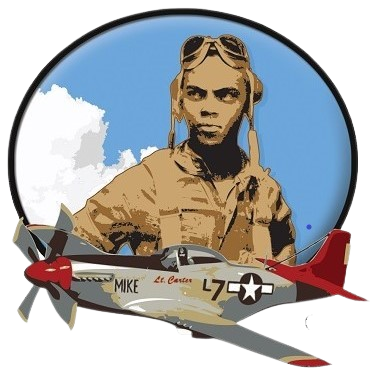
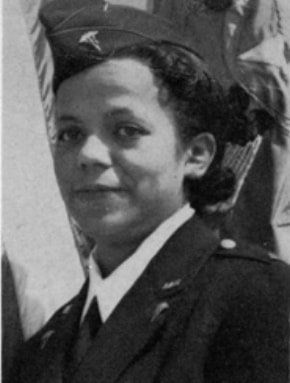
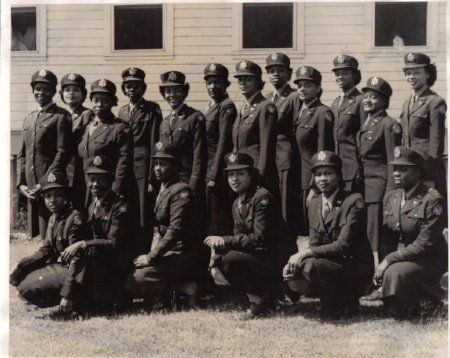
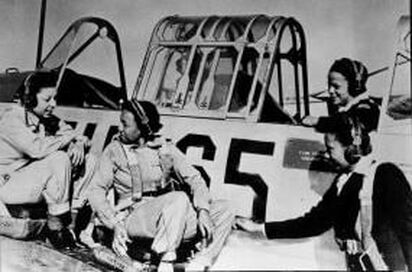
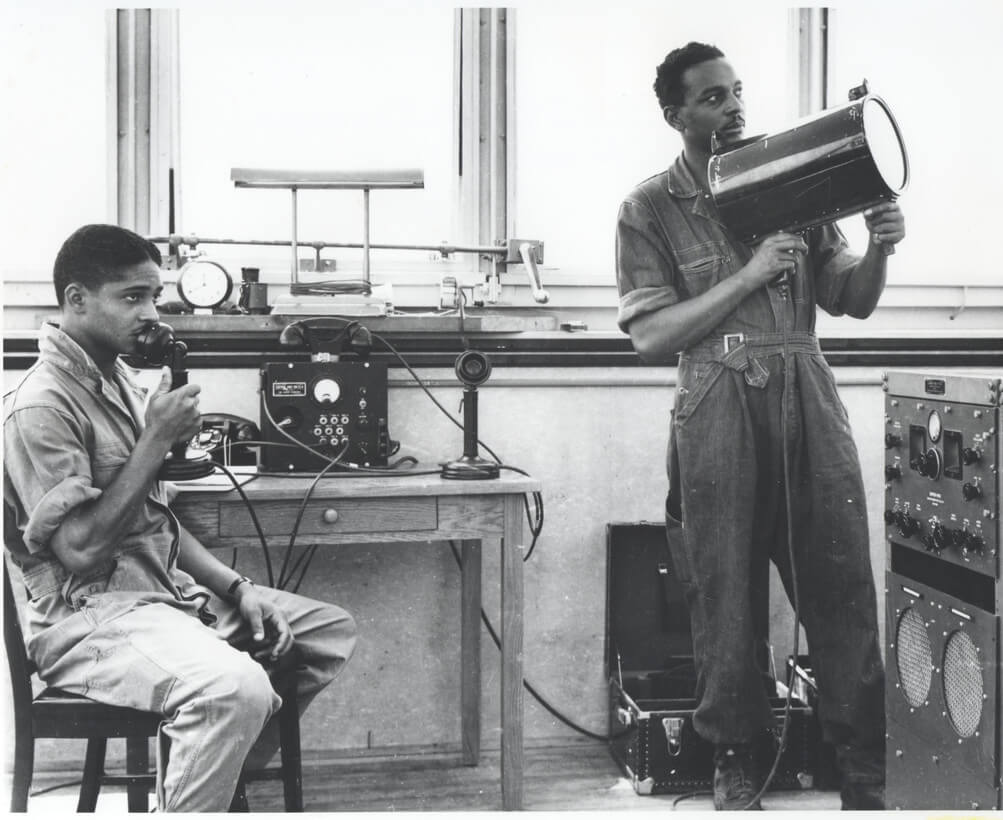

Share On: